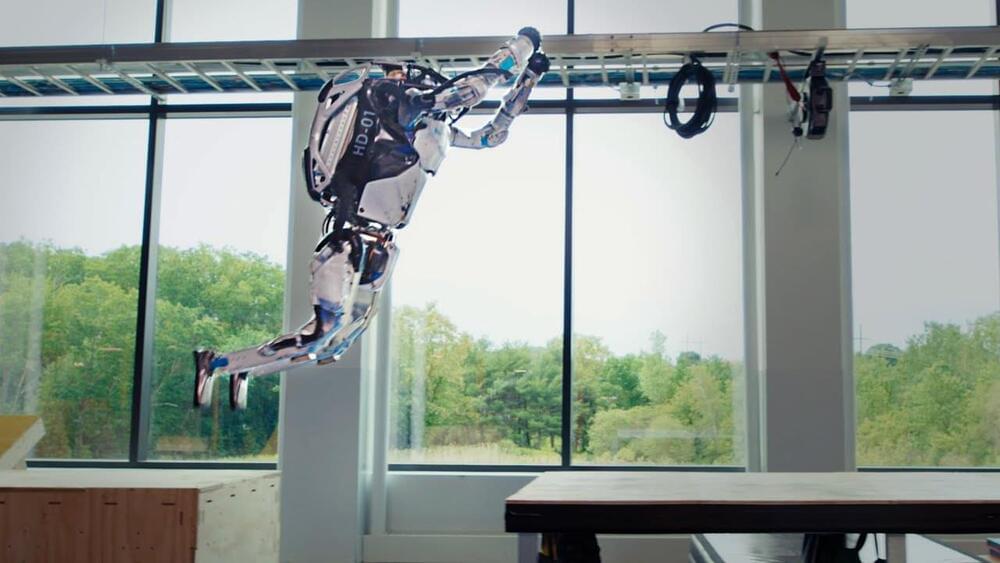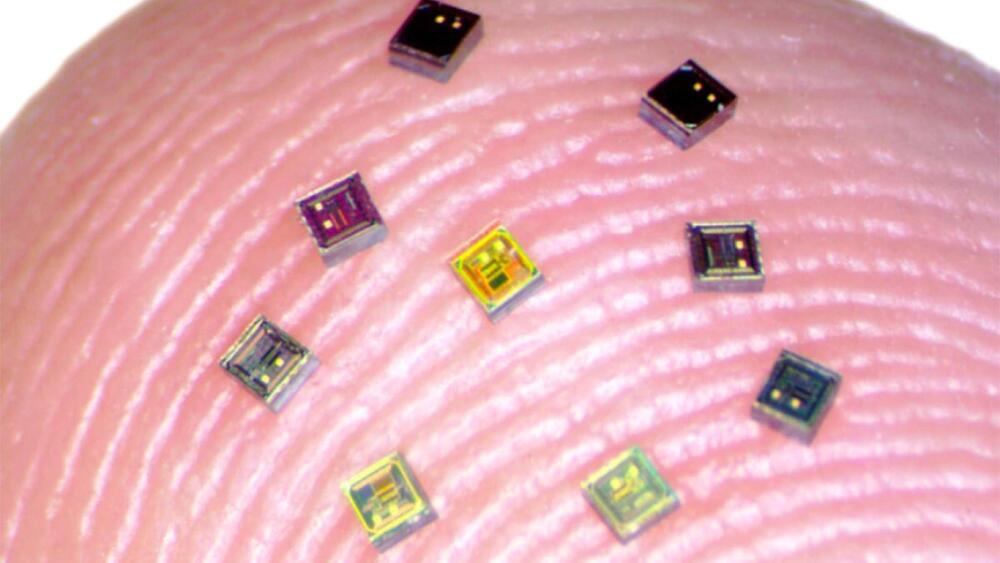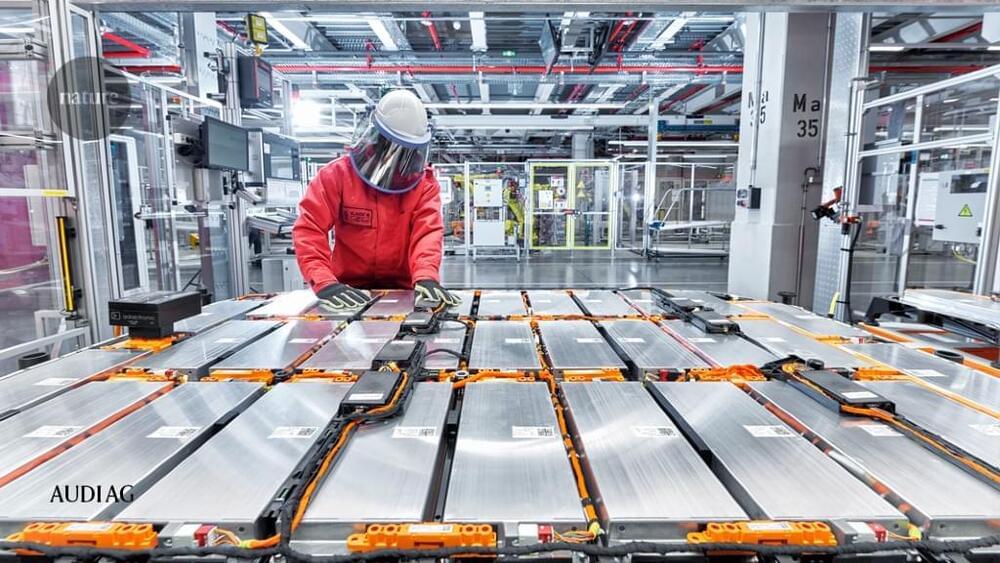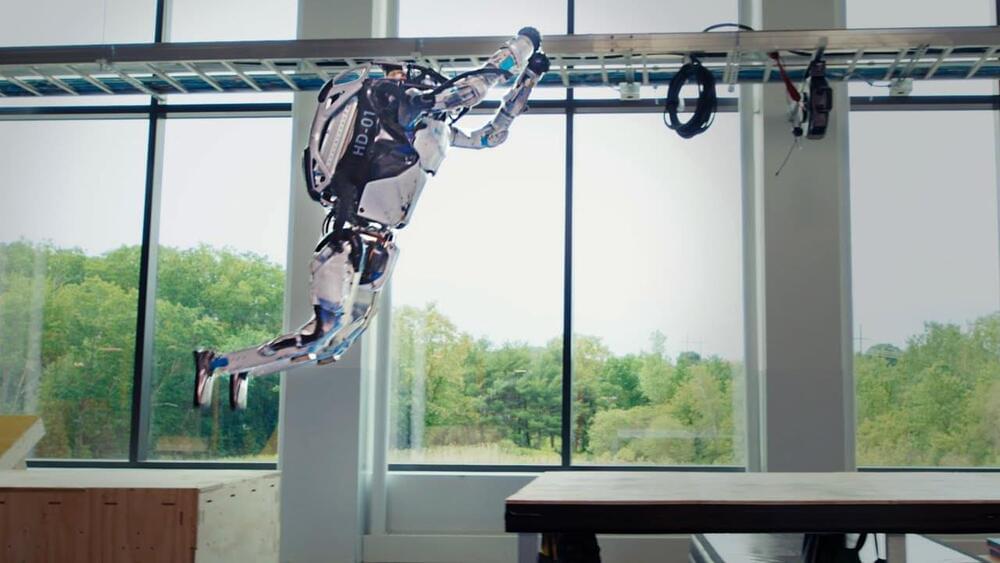Bottom line: Boston Dynamics’ Atlas robots may be under new ownership, but they haven’t lost any of their old tricks. The robotics design company has shared a new video featuring its agile uprights tackling an obstacle course. If you haven’t seen what these humanoid bots are capable of lately, it’s certainly worth a look.
They’ve ditched their tethers, aren’t annoying loud like they once were and exhibit very fluid movement. Aside from a couple of minor hiccups, the run was mostly flawless.
It’s even more impressive when you realize that the bots are adapting to their environment on the fly; none of their movements are “pre-programmed.”









